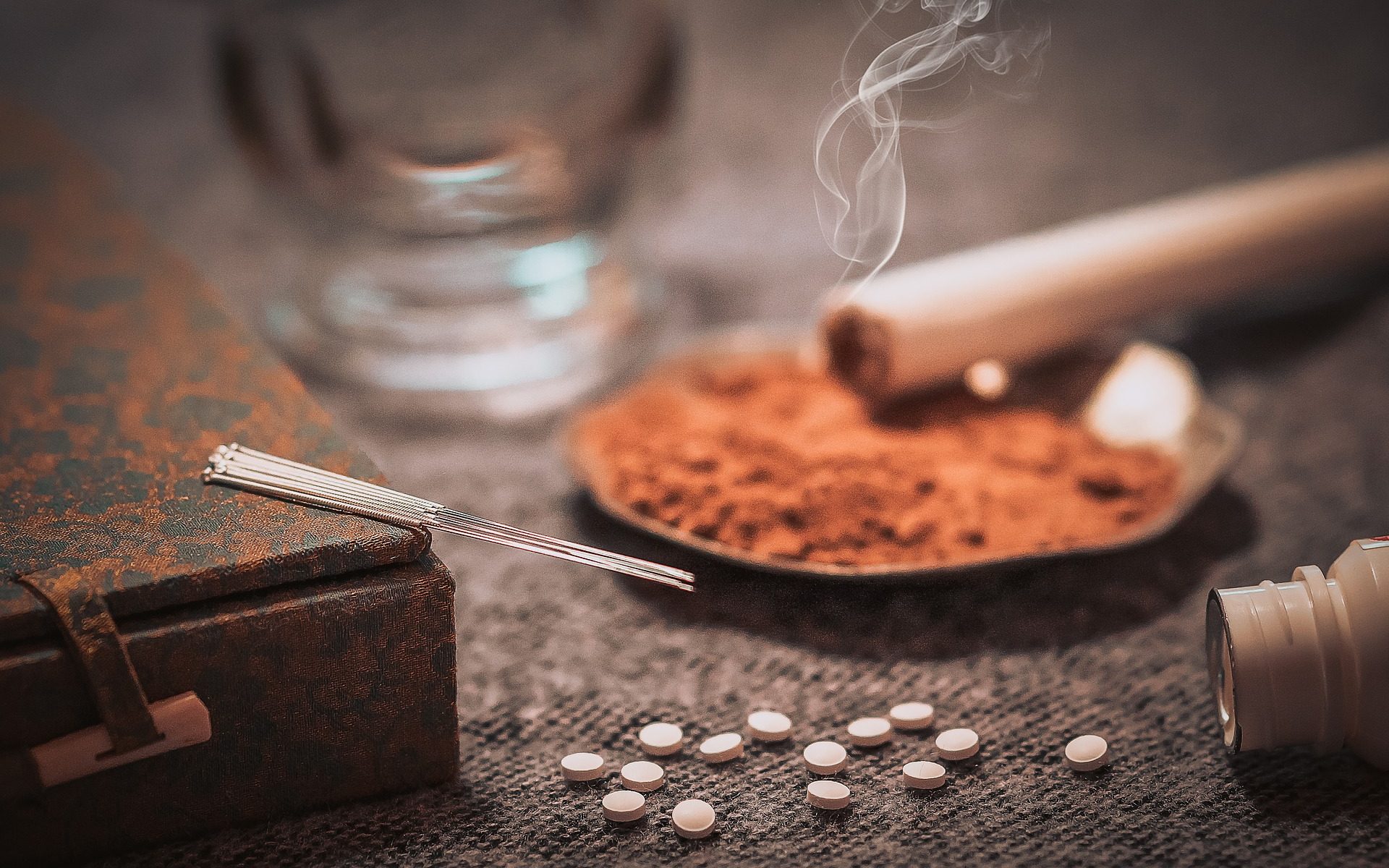Acupuncture
Acupuncture is derived from the Latin words acus (needle) and pungere (puncture).
Acupuncture is one aspect of Traditional Chinese Medicine and dates back many thousands of years, being one of the oldest forms of medicine. It is a time-tested therapy, being more recently acknowledged as the go-to natural therapy for the modern world.
Traditional Chinese Medicine views illness as a disharmony and imbalance within the body. Acupuncture is based on balancing this disharmony by inserting very fine needles into specific points on the body, to help regulate the energy flow also known as Qi. The original theory behind acupuncture treatment is that the flow of “qi” (often translated as “energy”) through a system of channels under the skin governs the healthy functioning of the body. Illness occurs when the flow of qi is disrupted.
How can the flow of Qi in the body become disrupted?
The flow of qi can be disrupted in a variety of ways, including emotional upheaval, physical trauma, poor diet, and overwork.
The most appropriate treatment for each patient can be chosen by examining the underlying cause and how it has affected the body. The body’s balance can be restored by inserting fine needles at various points along the channels. Acupuncture treatment revolves around treating each patient as an individual, which is critical in assisting the body to rebalance itself. Acupuncture is an effective treatment for a variety of conditions, whether used alone or in conjunction with other therapies.
Did you know? There are over seven hundred acupuncture points on the body!
Traditional Chinese Herbal Medicine
Chinese Herbal Medicine is one part of a larger healing system and one aspect of Traditional Chinese Medicine. Herbal medicine is primarily a plant based intricate and compounded therapy, which may include powders, pastes, lotions or tablets depending on the herbs and its intended use.
Cupping
Cupping is a type of Traditional Chinese Medicine (TCM) therapy that involves applying inverted glass, or plastic, cups to acupuncture points on the body.
Cupping has been used for thousands of years, and one of the earliest documentations of cupping can be found in the work A Handbook of Prescriptions for Emergencies, written by a Taoist herbalist Ge Hong in 300 AD.
Cupping therapy is now a well-known traditional method for health promotion, prophylaxis, and treatment of a variety of illnesses.
“There will be pain where there is stagnation, remove the stagnation, and the pain will be gone.” Cupping is thus a method of removing this blockage and restoring the body’s natural flow of energy, thereby relieving pain.
According to recent research, cupping therapy can help to:
- Decrease muscle activity, which reduces pain;
- Help with muscle relaxation by improving microcirculation, promoting cell repair and angiogenesis in tissues; and promote healing process through increased local tissue metabolism.
- Activate the lymphatic system to drain excess fluids and toxins
- Provide systemic comfort and relaxation
- Beneficial for musculoskeletal pain: chronic lower back pain, neck pain, and fibromyalgia
- Beneficial for digestive issues such as bloating, gastric reflux, and constipation
- Beneficial for recovery: Coughing, asthma, and the common cold
Cupping methods:
Cups are placed over various areas to create a vacuum, which lifts the soft tissue and causes an upward stretch within the muscle and fascia.
Stationary cupping: Entails lighting a small cotton fire soaked in alcohol, inserting it into the cup for 1-2 seconds, quickly removing it, and placing the cups on the body. A slight tightness and suction will be felt around the cupped area. Typically, cups are left on the body for about 10 minutes.
Gliding/Moving cupping: Entails applying oil/lotion to the body and gently moving cups along meridians. It feels very much like a massage.
Gua-sha
Gua sha is a Traditional Chinese Medicine technique that involves scraping the skin with a flat, rounded tool, usually made of jade. ‘Gua’ means press, stroke or rub and ‘sha’ means rash or redness. TCM Diagnosis, includes the quality, colour and location of the ‘sha’. Gua sha is done in one direction with even strokes to create the raised ‘sha’ from scraping. It can be used to relieve acute or chronic musculoskeletal pain, improve circulation, reduce inflammation, support the immune system, address upper respiratory illnesses, and release tension in areas where movement is restricted. These marks are caused by superficially broken capillaries, which according to TCM theory can stimulate an anti-inflammatory and immune response in order to improve circulation.
In recent years, facial gua sha (which is a gentle treatment-does not result in bruising) has become a popular beauty treatment for tired or congested skin by naturally stimulating blood circulation and lymphatic drainage. It can be used to lift and sculpt the face, relax tight muscles that contribute to fine lines (such as brow furrows), and de-puff the under-eyes and cheeks. It can also help with jaw pain, seasonal allergies, and sinus congestion.
Nutrition
Healthy eating habits, according to Traditional Chinese Medicine (TCM), are the foundation of good health. TCM nutrition emphasizes the significance of achieving body balance through dietary planning. A nutritious diet includes plenty of vegetables, fruits, complex carbohydrates, healthy fats, and proteins from local, seasonal sources. TCM nutrition includes eating based on your body constitution, current health conditions, and season.

